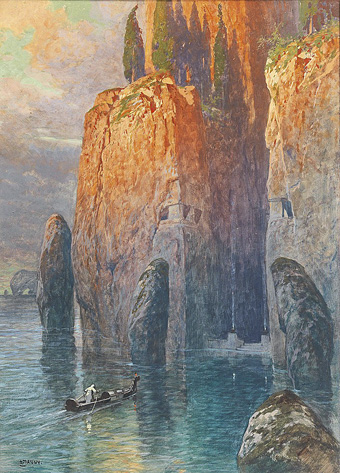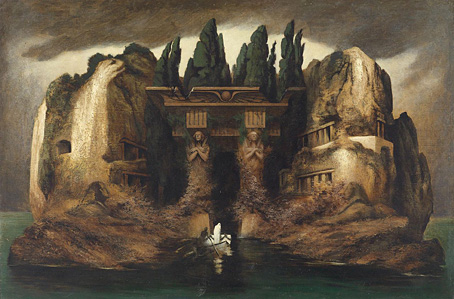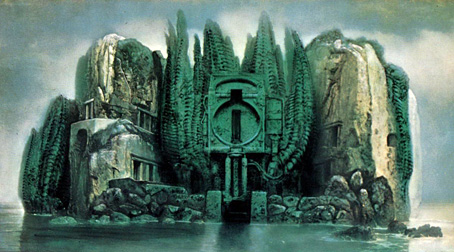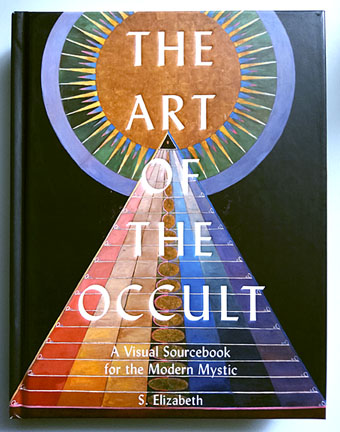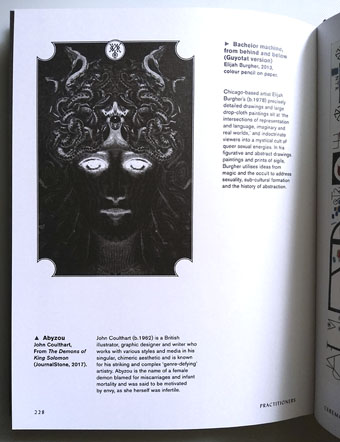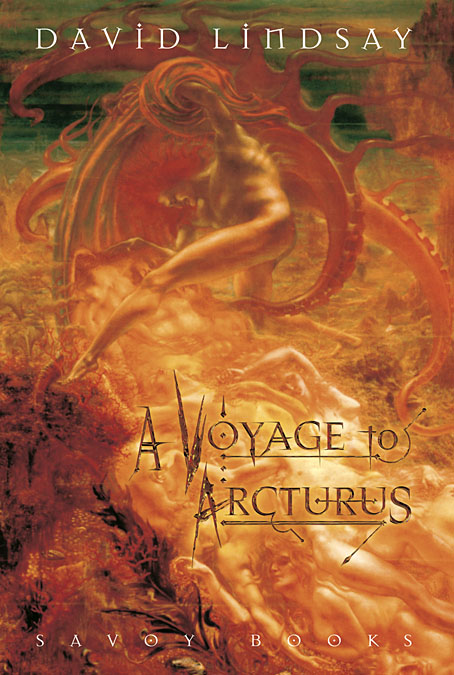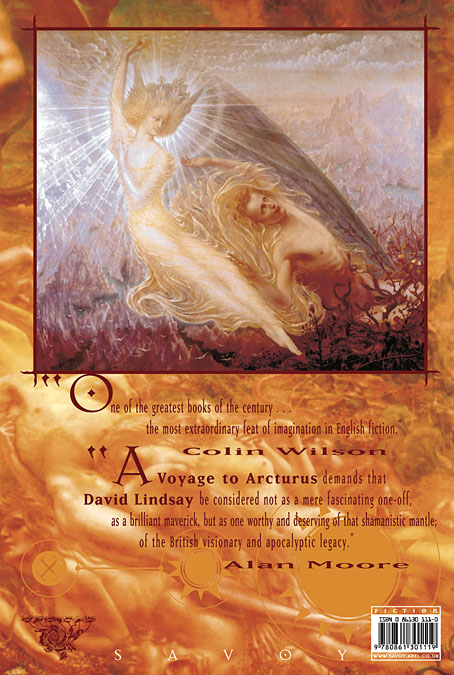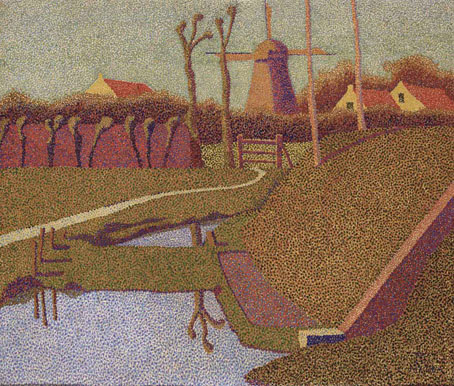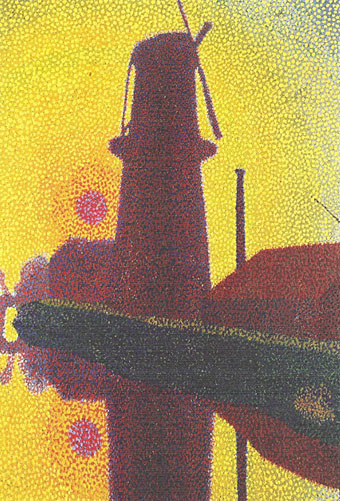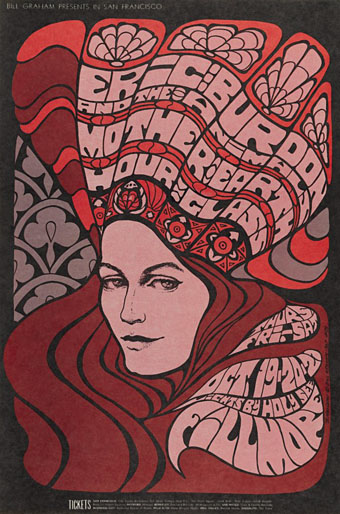Die Toteninsel by Georg Janny.
Arnold Böcklin’s masterpiece, The Isle of the Dead, is a perennial source of fascination here, in part for the way the picture has fascinated other artists, writers, film-makers, etc, for the past 140 years. Something about the image compels people to rework it according to their own predilections, or to incorporate it into a narrative. Böcklin began this process himself, painting five different versions from 1880 to 1886, one of which was lost during the Second World War. The final version, which is now at the Museum der bildenden Künste in Leipzig, seems to be the favourite among the copyists. Toteninsel.net is a site devoted to cataloguing the influence of the picture but despite considerable thoroughness they don’t seem to have added this watercolour homage by Georg Janny (1864–1935), an Austrian artist and scenic designer.
Toteninsel (c. 1905) by Karl Wilhelm Diefenbach.
They do have an entry for Karl Wilhelm Diefenbach’s painting but not the painting itself which is a surprising reworking of the Leipzig version. An ostensibly Greek island has gained a domineering portico in an Egyptian style. Böcklin was Swiss but his paintings made a huge impression on the younger generation of German and Austrian artists.
Toteninsel (nach Böcklin) (1975) by HR Giger.
Diefenbach’s picture reminds me of a favourite variation by another Swiss artist, HR Giger, who painted two homages to the Leipzig version in the 1970s. One of these is a fairly close copy, albeit without the funeral boat, and with the addition of Giger’s usual biomechanical details. The other version adds an industrial structure to the stand of cypresses. This is a hatch from the rear of a German refuse vehicle which had provided Giger with a subject for several paintings in his Passagen series. The Surrealist juxtaposition is worthy of Magritte (who also alluded to Böcklin in The Annunciation), drawing a parallel with bodily interment and waste disposal.
Previously on { feuilleton }
• Isles of the Dead
• A Picture to Dream Over: The Isle of the Dead
• The Isle of the Dead in detail
• Arnold Böcklin and The Isle of the Dead

